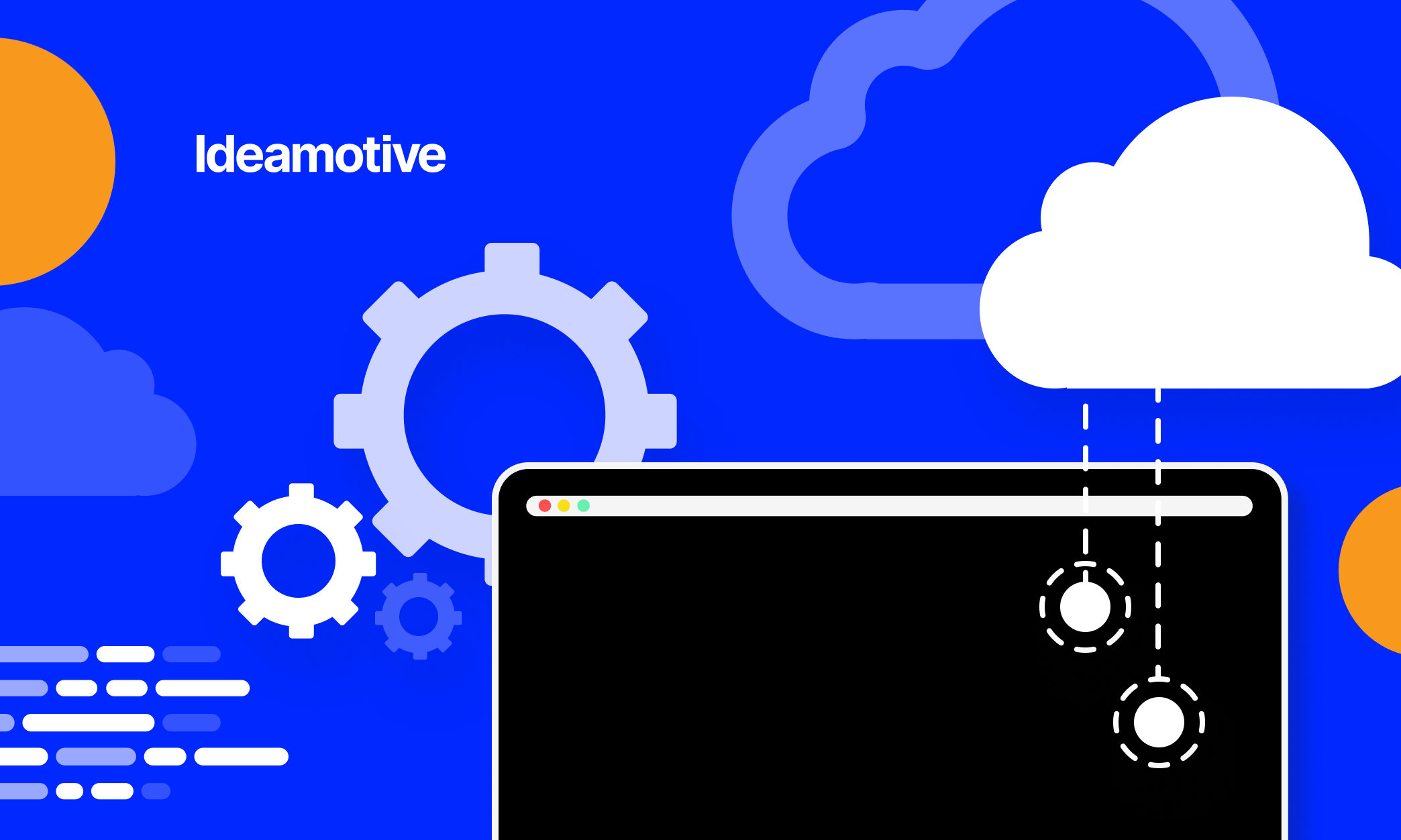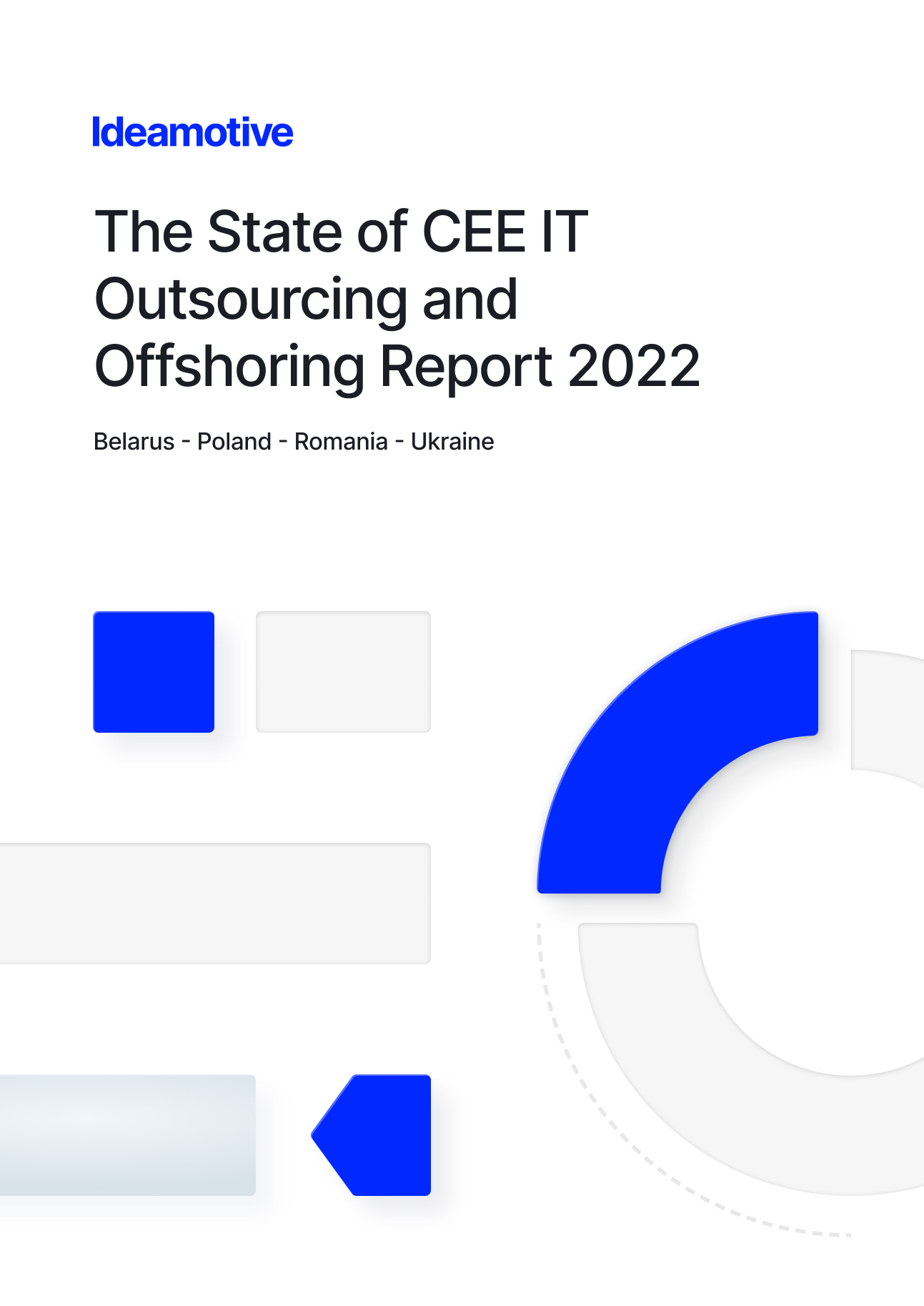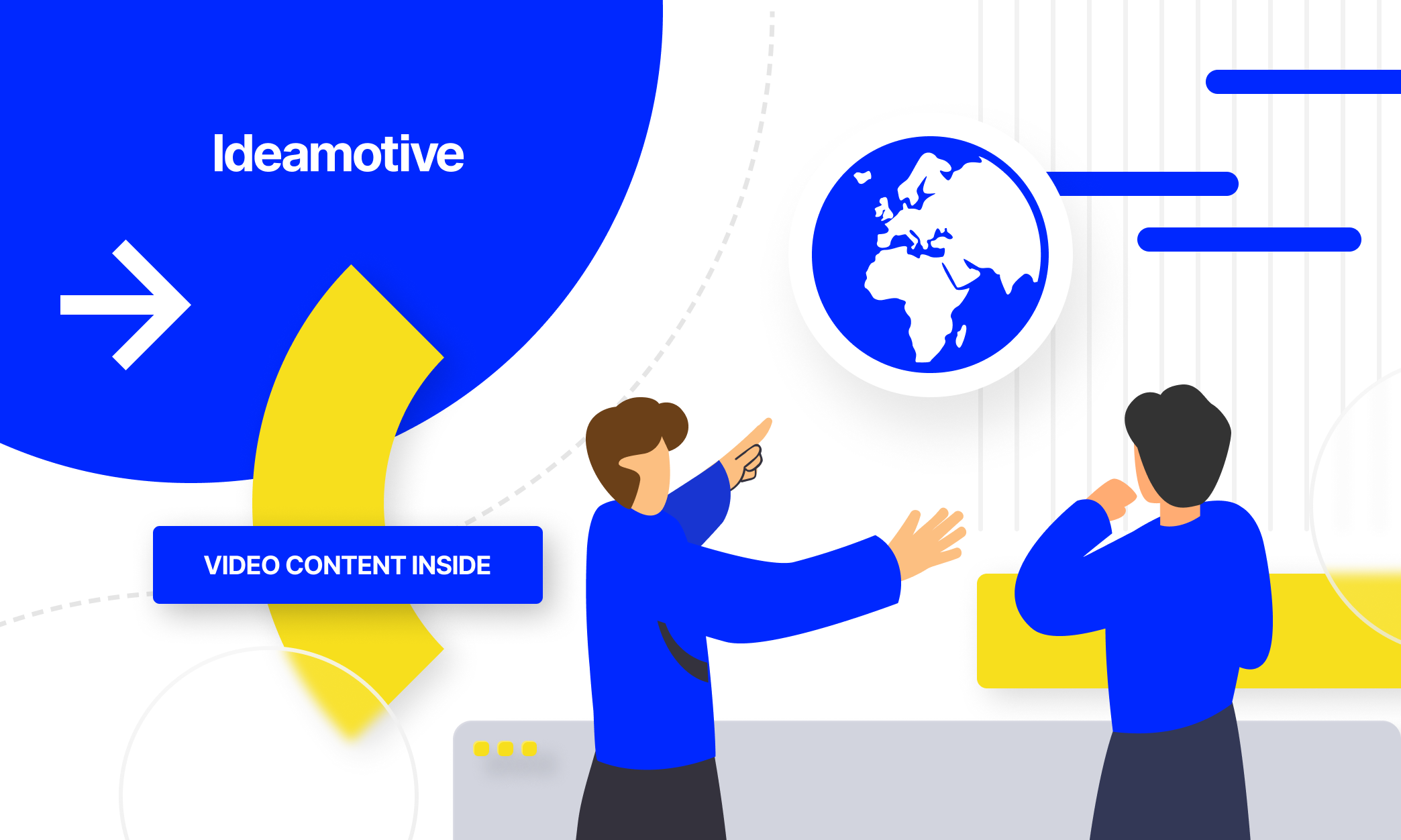Enterprises always try to stay competitive, so they turn to cloud-native strategies that let them build, deploy, scale, and manage applications quickly and easily. There are so many choices, like Infrastructure as a Service (IaaS), and Platform as a Service (PaaS), it can take time to understand the benefits of cloud-native application development. And it remains a vital issue for businesses to understand what best suits their needs.
We'll explore cloud application development and understand why more software companies are moving from IaaS to PaaS to stay ahead of the curve. So cheer up and prepare for an exciting journey into modern app development!
What is Cloud Native Application Development?
At its core, cloud-native application development is a methodology designed to allow businesses to leverage the full benefits of cloud computing. It's all about creating applications explicitly designed to run on cloud infrastructure, making them more flexible, scalable, and efficient than traditional applications.
The term “cloud native” has become increasingly popular as managers understand why moving their workloads and data to the cloud is convenient.
In short, cloud-native refers to applications explicitly designed for the cloud environment. Development teams build them using microservices, containers, and other modern technologies. There are many benefits for customers in developing cloud-native applications. For one, they can save money on infrastructure costs. Because they are designed to be run in cloud services, they can be quickly deployed and scaled up without expensive hardware.
Additionally, cloud-based apps can help improve your business’s agility and speed. By using microservices and containers, developers can make changes to individual components of the application without affecting the rest of the system. This makes it easier to experiment with new features and roll out changes rapidly. Building and deploying cloud-native applications involves some best practices and tools:
- Containerization: Applications are typically packaged as container images using tools like Docker. This helps run applications consistently across different environments, making them easier to deploy and manage.
- Orchestration: Containers are typically managed and orchestrated using services like Kubernetes, which provide a framework for deploying, scaling, and managing containerized applications.
- Automation: Cloud-native applications are typically built using automation tools like Jenkins or GitLab. This enables developers to automate the build, test, and deployment processes, making it easier to iterate quickly and maintain application quality.
- Monitoring: Cloud-native applications require robust monitoring and logging tools to perform optimally. This involves using tools like Prometheus or Grafana to track metrics and visualize performance data.
- Continuous Delivery: Continuous delivery is a key component of cloud-native application development, enabling developers to deliver new features and updates quickly and reliably.
2 service types of cloud infrastructure: private and public clouds
The public cloud refers to a cloud computing environment owned and operated by a third-party service provider and available to anyone online. Public cloud services are typically offered on a pay-per-what-you-use basis. And one more essential advantage is that they are accessible worldwide. Amazon Web Services (AWS), Microsoft Azure, and Google Cloud Platform are public cloud providers.
On the other hand, the private cloud refers to a cloud computing environment that belongs to a single business, usually hosted on-premises or in private data centers. These cloud services are designed to provide scalability and flexibility but are exclusively used by a single company. Large corporations or government agencies often use private cloud environments that require greater control over their data and computing resources.
Benefits of Cloud Native Application Development
So, what are the benefits of cloud-native application development? Several vital advantages make it an attractive option for enterprises of all sizes.
- Increased flexibility and scalability: Applications designed to run on cloud infrastructure can quickly scale up or down to meet changing demands or create a port between different cloud providers, making it easy for businesses to switch providers if necessary. This allows customer companies to adapt quickly to changing market conditions and stay competitive.
- Improved efficiency: Cloud-native applications are designed to be more efficient than traditional applications. They can be easily automated and orchestrated, allowing businesses to deploy and manage their applications at scale quickly. This helps with capacity planning and reduces the time and resources required to handle applications, allowing companies to focus on other areas of their operations.
- Reliability: They are also designed to be more reliable than traditional applications. They are built with resilience in mind, meaning they can recover quickly from failures or outages. It means the business provides customers with a consistent and reliable experience, even in high-demand times.
- Enhanced security: Cloud-native applications are safer than traditional ones. They are built with safety in mind from the ground up, with features such as identity and access management, encryption, data backup, and vulnerability management built in. This gives the app new capabilities to protect businesses from cyber threats and data breaches.
- Greater speed: Cloud-native applications can be built and deployed much faster than traditional ones due to their modular design.
What is IaaS in simple terms? Benefits and Examples
When we dive into cloud-native application development, we must know why Infrastructure as a Service (IaaS) differs from Platform as a Service (PaaS). IaaS provides businesses with all they need to run their applications in the cloud, including virtual machines, storage, servers, and network infrastructure. PaaS, on the other hand, is a more comprehensive cloud service that includes everything IaaS provides and a complete development and deployment platform for applications. So, why do Enterprises choose IaaS?
IaaS, or Infrastructure as a Service, is a model that helps your business to get virtualized computing resources over the internet. And we speak here about servers, operating systems, storage, and networking.
- Cloud provider offers on-demand access to computing resources, which can be scaled up or down. It depends on your business needs. This gives businesses access to adjust their computing resources quickly. It helps meet changing demands and do not pay extra for the additional hardware;
- It’s a cost-effective solution for businesses, as they only pay for the resources they use. This vanishes the need for businesses to invest in expensive physical hardware and reduces the cost of maintenance, upgrades, and repairs;
- You may choose the operating systems, programming languages, and application environments that suit your needs;
- It offers high-security services to ease data storage and keep it safe and sound.
Some of the popular IaaS providers in the market include:
- Microsoft Azure is a popular IaaS provider that offers a wide range of cloud services, including virtual machines, storage, networking, and analytics. It is known for its scalability, security, and ease of integration with other Microsoft products;
- Amazon Web Services (AWS) is another popular IaaS provider. It's known for its comprehensive range of cloud computing services, its flexibility, scalability, and reliability;
- Oracle cloud is offered by the software company Oracle Corporation. It offers Infrastructure-as-a-Service (IaaS), Platform-as-a-Service (PaaS), and Software-as-a-Service (SaaS) solutions, among others. It provides a highly secure and reliable environment for your data and applications. With built-in security features and advanced encryption, you can trust that your data is safe and protected from potential threats.
What is PaaS in simple terms? Benefits and Examples
PaaS provides developers with pre-built software components that can be used to develop applications and the necessary infrastructure and tools needed to deploy and manage those applications. It allows focusing on building and deploying applications rather than worrying about infrastructure management. PaaS providers manage the underlying infrastructure, including servers, storage, and networking. When started using PaaS, Enterprise gains:
- PaaS providers typically offer a pay-as-you-go pricing model, allowing saving money by paying for the resources used;
- PaaS providers can quickly scale resources up or down based on application demand. This allows enterprises to respond to changes in application usage quickly;
- PaaS solutions provide developers with pre-built software components and tools, allowing them to focus on building applications rather than developing and managing infrastructure. This can lead to increased productivity and faster time to market for new applications;
- PaaS providers offer security features, including data encryption, network security, and access controls. All these features ensure that applications are protected from unauthorized access.
We list some PaaS providers in the market today so you know the unique features they offer:
- Google Cloud Platform is a popular PaaS provider that offers tools for building, deploying, and managing applications. It offers a pay-as-you-go pricing model and supports several programming languages, like Python, Java, and Node.js.
- IBM Cloud is another popular PaaS provider that offers tools for building, deploying, and managing applications. It offers a pay-as-you-go pricing model and supports several programming languages, including Java, Node.js, and Ruby. IBM Cloud offers various services. Users can access virtual servers, storage solutions, and application services, easily integrated into existing workflows and infrastructure. The platform is designed with safety in mind to help users keep their data and applications safe and sound.
- Slack and Trello are both examples of Platform-as-a-Service (PaaS) offerings. Slack and Trello offer a platform for team collaboration and project management. Users can access these platforms through the internet without the need to manage the underlying infrastructure. Slack and Trello care for the infrastructure, security, and updates, allowing users to focus on their core tasks. Overall, Slack and Trello are great examples of how PaaS offerings can simplify the development and management of applications, making it easier for teams to collaborate and manage projects effectively.
IaaS vs. PaaS. What to choose?
To realize the complete list of benefits of cloud-native application development, it's essential to understand the difference between IaaS and PaaS. IaaS is typically used for lower-level tasks like provisioning VMs and storage resources. PaaS is typically used for higher-level tasks. Its providers offer pre-built tools and services such as operating systems, databases, and development frameworks that businesses can use to build their applications. While both IaaS and PaaS offer many advantages, they differ in a few key ways:
- Infrastructure vs. Platform: IaaS provides businesses with virtualized infrastructure such as servers, storage, and networking, while PaaS offers businesses a platform to develop, run, and manage their applications.
- Responsibility: With IaaS, businesses manage their applications and operating systems. PaaS gives to the cloud provider to manage the underlying infrastructure and applications.
- Customizability: With IaaS, businesses have complete control over the infrastructure and can customize it to meet their needs. With PaaS, enterprises are limited to the provider's tools and services.
Which Service Model is Right for Your Business?
Enterprises moving away from the time-consuming traditional application development models are turning to cloud-native app development to take advantage of the cloud development environment. This building process emphasizes agility, scalability, and flexibility and enables enterprises to develop and deploy enhanced applications considering the user experience and user interface.
In traditional application development, you must purchase and maintain expensive hardware and software infrastructure. With cloud-native application development, you can take advantage of the pay-as-you-go pricing model many cloud providers offer. Hence, you pay for the features you use. It leads to substantial cost savings.
Choosing between IaaS and PaaS depends on your business requirements. If you need more control over your infrastructure and want to customize it as you need, IaaS is the way to go. On the other hand, if the development team wants to focus on developing its applications without worrying about the underlying infrastructure, PaaS is the better option. Start with getting a professional consultant who knows how to make the software development process a journey to your success on the market.









